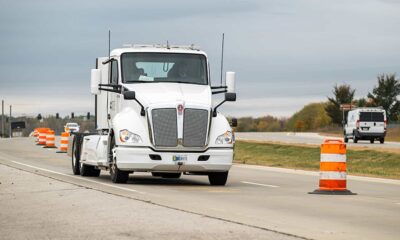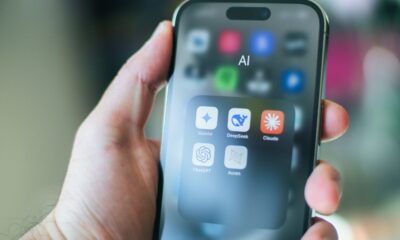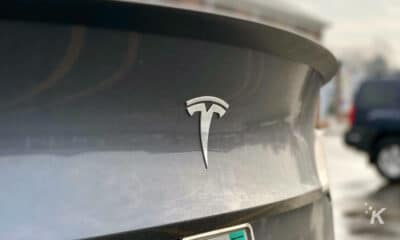News
Secret Starlink Wi-Fi network pops up at White House

Just a heads up, if you buy something through our links, we may get a small share of the sale. It’s one of the ways we keep the lights on here. Click here for more.
So, the most exclusive Wi-Fi hotspot in America just got a surprise upgrade—and nobody bothered to tell the folks who actually run the place. Classic.
According to a report from the Washington Post, a crew from the U.S. DOGE Service somehow managed to quietly bolt a Starlink dish to the roof of the Eisenhower Executive Office Building back in February.
For those not in the know, that’s literally within shouting distance of the Situation Room.
The White House communications team? They found out about it at the same time we did: after reporters started calling. Talk about being left in the dark.
Why the Comms Crowd Are Melting Down
Zero paperwork. No advance clearance, no integration plan, just “Hey, free Wi-Fi!”
Rogue network. The dish spun up a “Starlink Guest” SSID that only asks for a password. White House systems usually require usernames, certificates, and multi-factor voodoo. This was child’s play in comparison.
Invisible traffic. Standard federal gear funnels every packet through monitoring tools. But Starlink beams data straight to low-Earth orbit, so traditional sniffers just shrug and look awkward.
As a Secret Service spokesperson politely understates it, the agency was “aware” but didn’t log the episode as a breach.
Meanwhile, the House Oversight Committee Democrats are less chill;
Newsmax reports they’ve opened a probe into how an unmonitored satellite link wound up inside one of the most surveilled zip codes on Earth—and whether anyone was joyriding that bandwidth.
What Could Possibly Go Wrong?
Think of Starlink as a hyper-fast, sky-based Ethernet cable that neither the NSA nor your paranoid uncle can trace.
According to Equifax, any device hopping on an unsecured network can be a goldmine for data thieves. Now, imagine that network is in the White House.
Any gadget connecting to the “Guest” network could shuttle files off-premises without tripping the usual alarms—a catnip scenario for data exfiltration.
Even benign use could create legal headaches; federal record-keeping rules don’t play nice with private pipes no one can audit.
Okay, Now What? Action Items, Folks!
- Lock it down. Re-flash the terminal with gov-grade firmware or yank its power until proper vetting is done. No exceptions.
- Policy refresh. Any “donated” tech must clear the same hoops as taxpayer-funded hardware—period.
- Satellite hygiene. Agencies should map every external uplink in D.C. and bake satellite links into existing monitoring dashboards.
Musk’s constellation has already proven invaluable in war zones and disaster relief, but dropping it into the West Wing without permission is the national-security equivalent of AirDropping memes to the pilot mid-takeoff: bold, sure—but maybe not the best idea.=
Bottom line: Innovation loves speed; security loves paperwork. When those two crash-land on the same roof, expect sparks—and a lot of frantic password resets.
What’s your verdict: bold innovation or risky oversight? Share your thoughts below, or join the conversation on Facebook or Twitter!





























